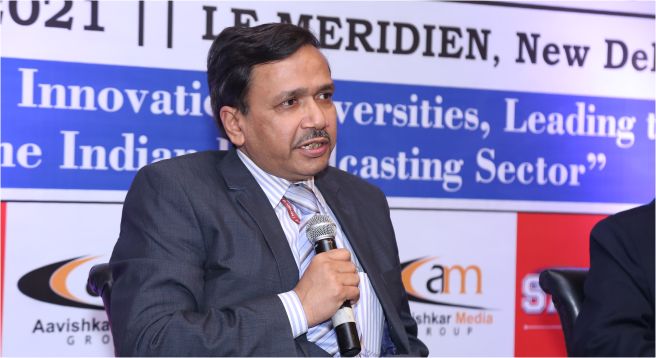India’s cable operators could be under pressure from emergeing technologies and services like streaming content, but they are also staring at opportunities that need to be grabbed, said Telecoms Department DG SK Singhal, while urging the LCOs to take advantage of government initiaives like PM-WANI broadband project.
“How many broadband subscribers are taking services from large MSOs? That figure (may) come to approximately 4-5million only. So, it means you (cable operators) still have 90 percent untapped market…you already have the entry into (TV) houses,” Singhal said, urging the cable fraternity to grab the opportunity of providing broadband services to shore up falling revenues in these challenging times.
Singhal, who was speaking at the Aavishkar Media Group-organised SATCAB Symposium earlier this week, said several government initiatives like PM-WANI (Pradhan Mantri Wifi Access Network Interface) are there that can be exploited by the cable operators to provide fixed-line high-speed broadband services at affordable rates; especially as the LCOs already have access to TV households, many of which are multiple and smart TV homes.
“The local cable operators who are already present in every nook and corner of the country, probably, can tap the benefits of this government framework (PM-WANI) where no entry fees is required, no licensee is required, no ministry is required to be visited,” explained the senior Department of Telecoms official who had spent several years in regulator TRAI, handling isssues related to broadcast and cable.
According to Singhal, TRAI and other government departments have also acknowledged that the last-mile connectivity that cable operators have in the country should be exploited to provide broadband services in far-flung and rural areas of India.
“You simply have to enter into tie-ups with any existing ISP and you can convert your network into a broadband network to start receiving the benefits,” Singhal pointed out, adding that recently DoT via Bharat Broadband Network Ltd (BBNL) has finalized a revenue sharing model.
Explaining this model, he said that cable operators need sign a standard agreement with BBNL and instead of paying fixed charges to the BBNL, cable ops take the connectivity from the BBNL for BharatNet project where the revenue share is 75:25 in favour of the last mile operator as part of rural broadband scheme.
“If quality broadband grows, digital media grows, if the digital media grows, media and entertainment industry grows benefitting all the stakeholders,” Singhal concluded.
Singhal also urged the cable operators to adapt to changing times and adopt technology in a big way. In this connection, he highlighted how thousands of cable operators had helped in the switchover to digital mode from analogue by effectively seeding the market with new STBs.
Highlighting the march of technology, Singhal gave some numbers. The digital media and online gaming were the two fastest growing sub-segments of India’s media and entertainment industry, and together they are estimated to be a Rs. 40,000 crore market.
“Despite the pandemic, these two are the only segments which have grown leaps and bounds last year. It indicates the future is moving towards this and, like digital media, has already become the second largest contributor to the media and entertainment sector,” Singhal said, highlighting the future trends and the importance of the digital space.
Lauding the cable fraternity for its entrepreneurship skills shown earlier when cable Tv was birthing in India, Singhal said time has come for the LCOs to play their second inning, take advantage of technology and government initiatives and grow their businesses in an innovative fashion.
 Prime Video to limit in India number of TV sets having access per subscription
Prime Video to limit in India number of TV sets having access per subscription 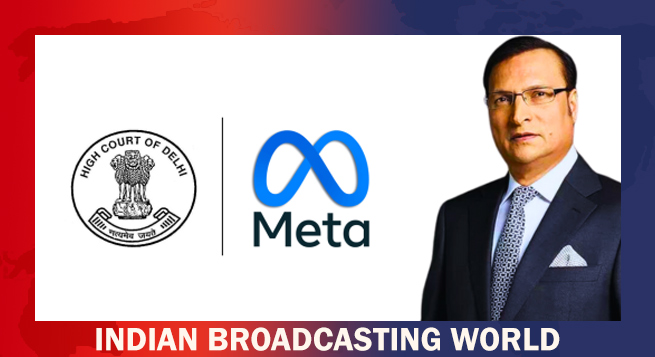 Delhi HC orders meta to remove deepfake videos of Rajat Sharma
Delhi HC orders meta to remove deepfake videos of Rajat Sharma 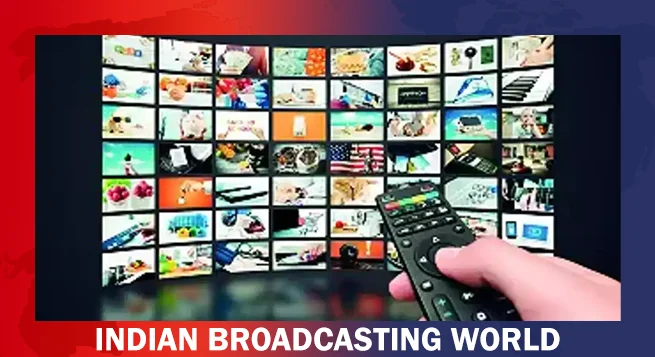 Govt. blocked 18 OTT platforms for obscene content in 2024
Govt. blocked 18 OTT platforms for obscene content in 2024 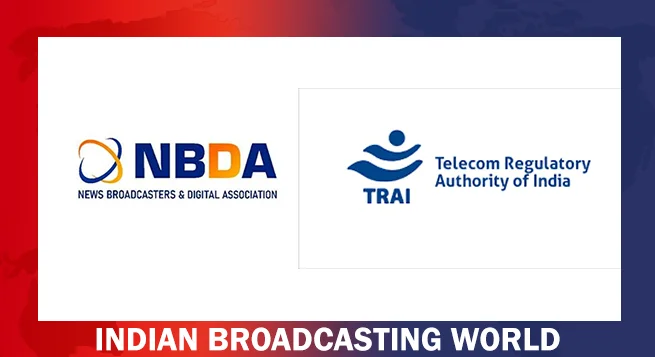 Broadcasting industry resists inclusion under Telecom Act
Broadcasting industry resists inclusion under Telecom Act  DTH viewing going down & a hybrid ecosystem evolving: Dish TV CEO
DTH viewing going down & a hybrid ecosystem evolving: Dish TV CEO  Abhishek Singh Rajput shines in ‘Swipe Crime’ on MX Player
Abhishek Singh Rajput shines in ‘Swipe Crime’ on MX Player  Farhan Akhtar’s ‘120 Bahadur’ to hit theatres on November 21, 2025
Farhan Akhtar’s ‘120 Bahadur’ to hit theatres on November 21, 2025 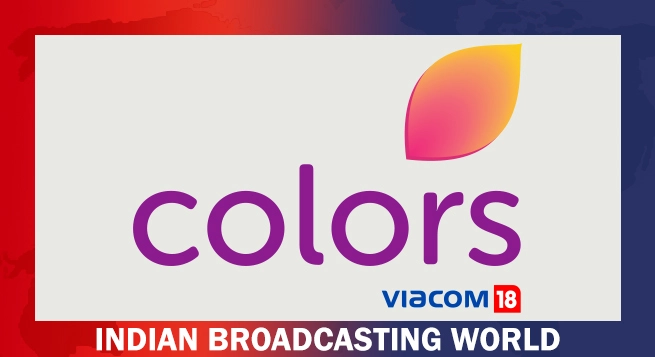 COLORS announces 2025 lineup
COLORS announces 2025 lineup 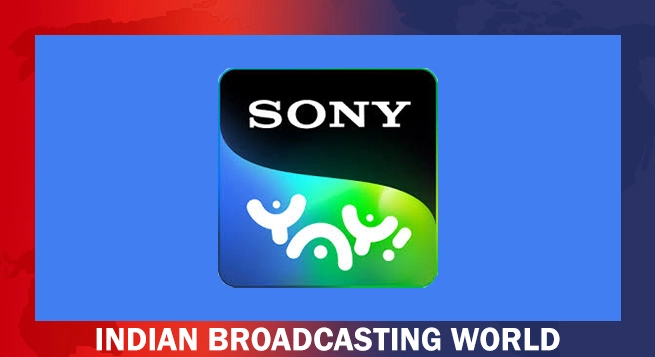 Sony YAY! announces holiday wishes from Toon-Town this Christmas
Sony YAY! announces holiday wishes from Toon-Town this Christmas  8Bit Creatives partners with ESFI to elevate WAVES esports championship 2025
8Bit Creatives partners with ESFI to elevate WAVES esports championship 2025 


